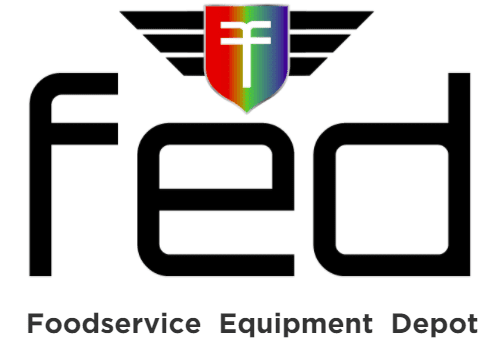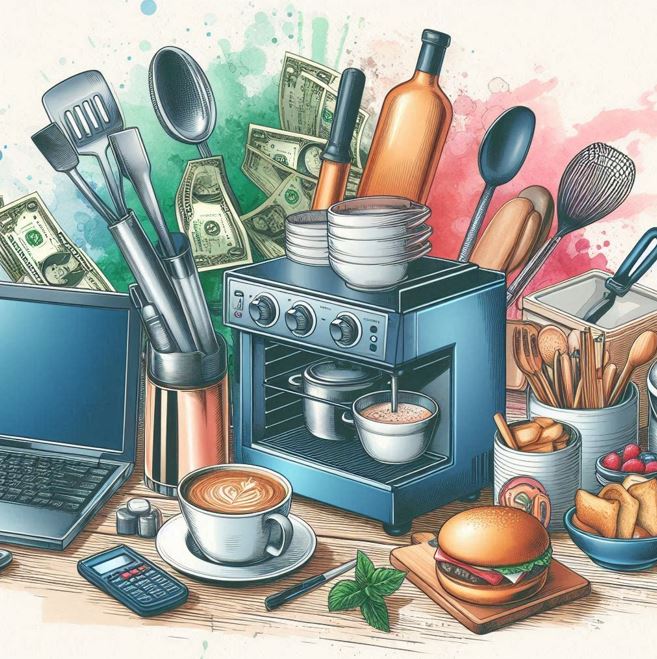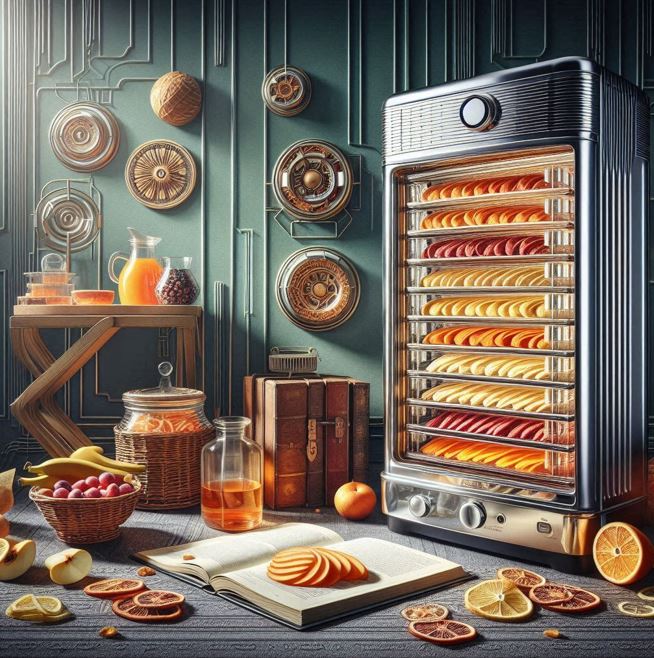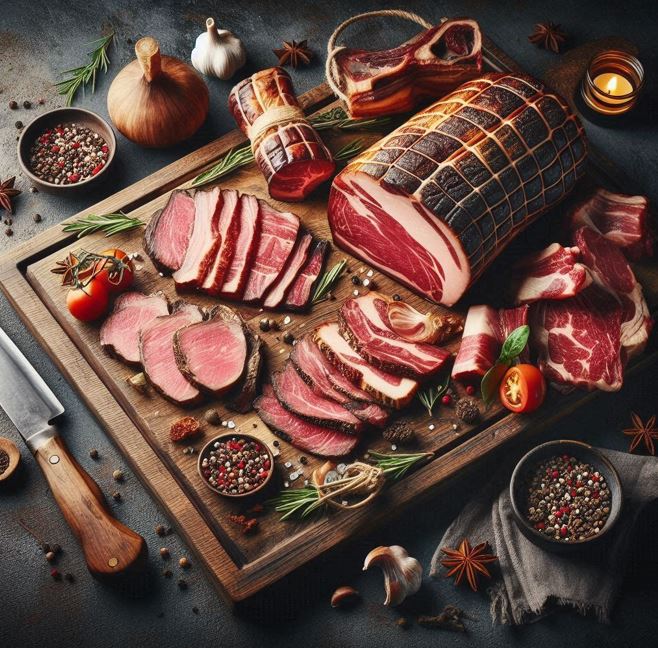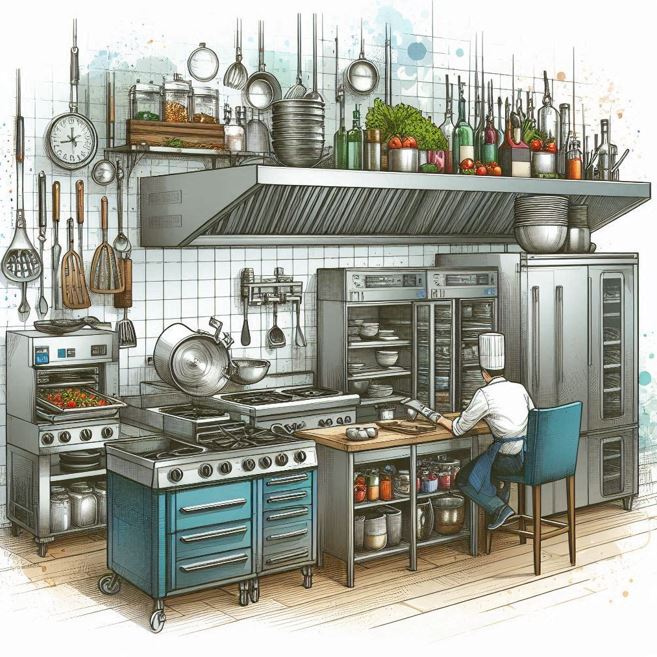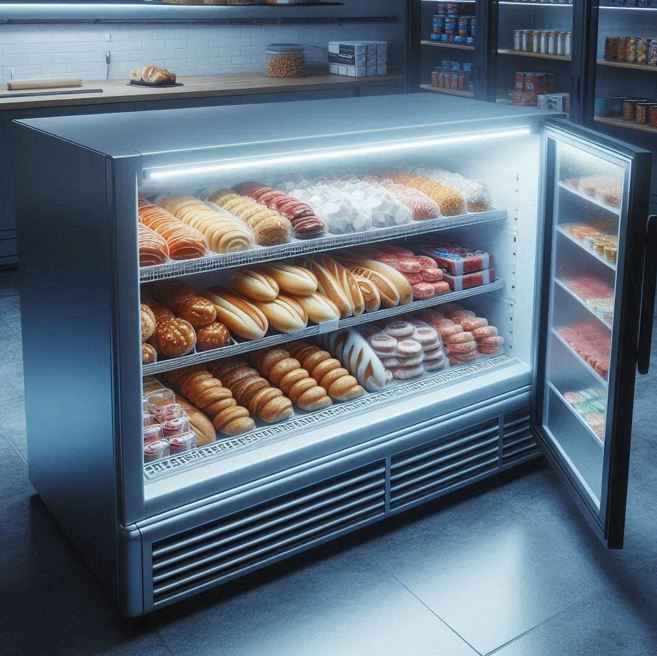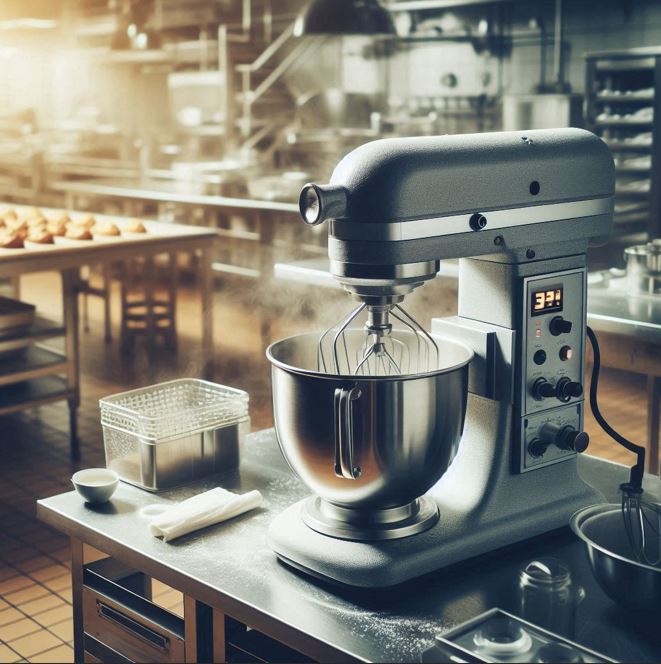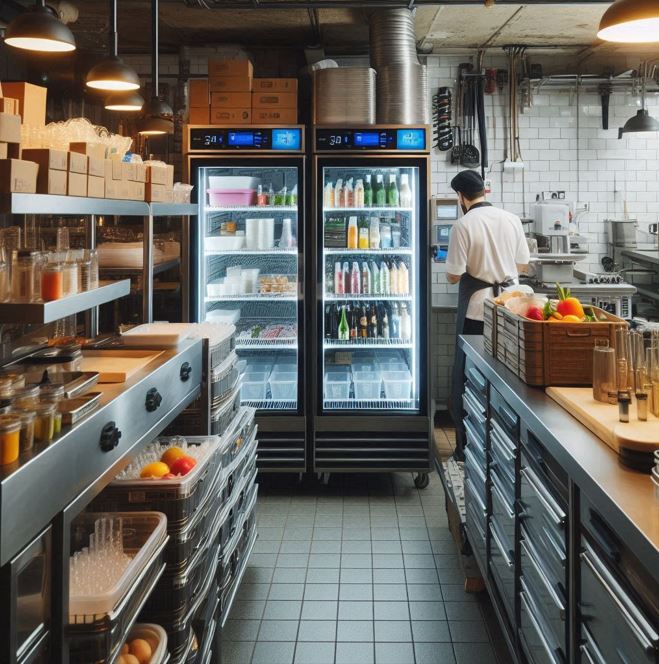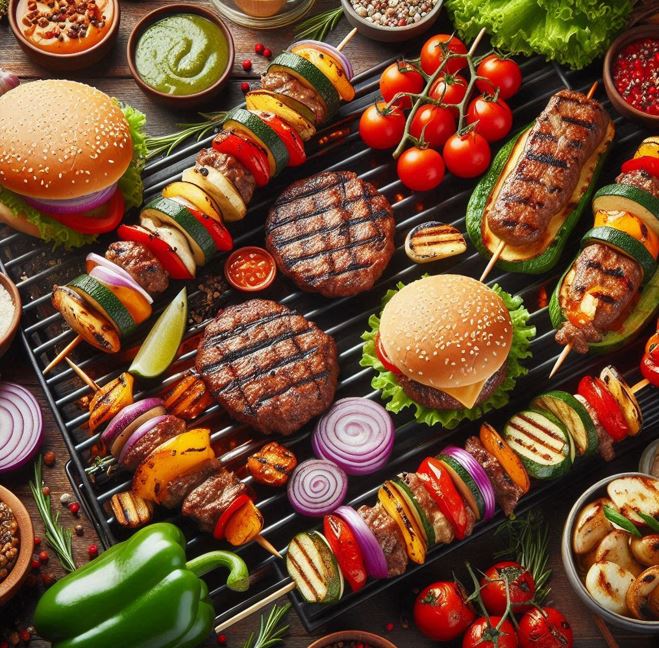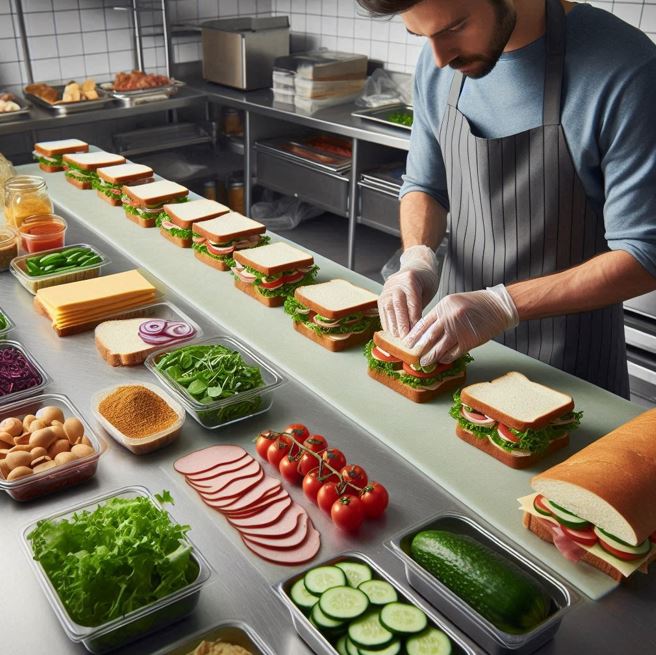
Elevating Your Concession Business: Essential Equipment for Success
Concession stands, food trucks, and pop-up restaurants have become increasingly popular in recent years, offering unique culinary experiences at events, fairs, and stadiums. To succeed in this competitive market, having the right concession equipment is crucial. The Food Service Equipment Depot (FED) offers a wide range of high-quality concession equipment
